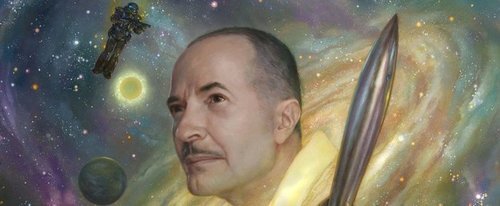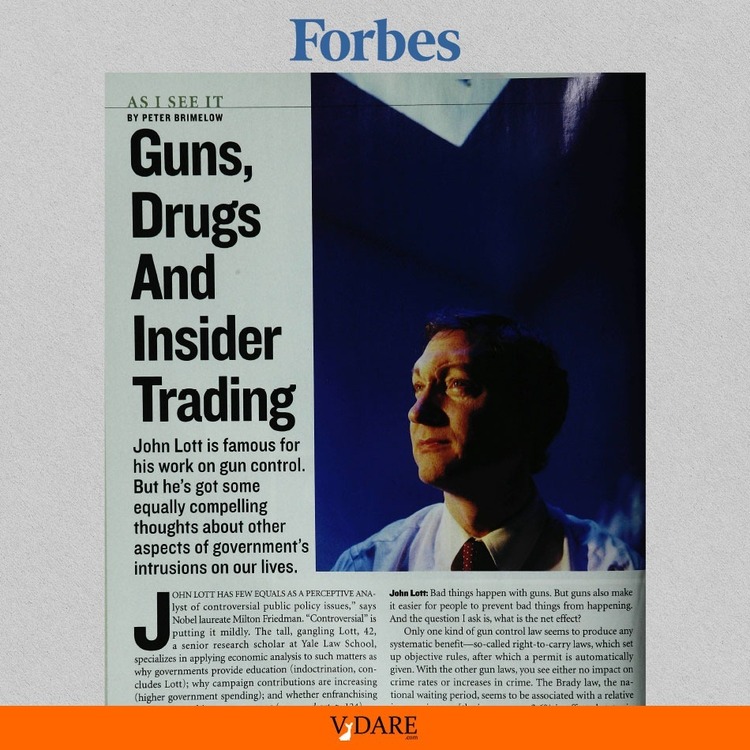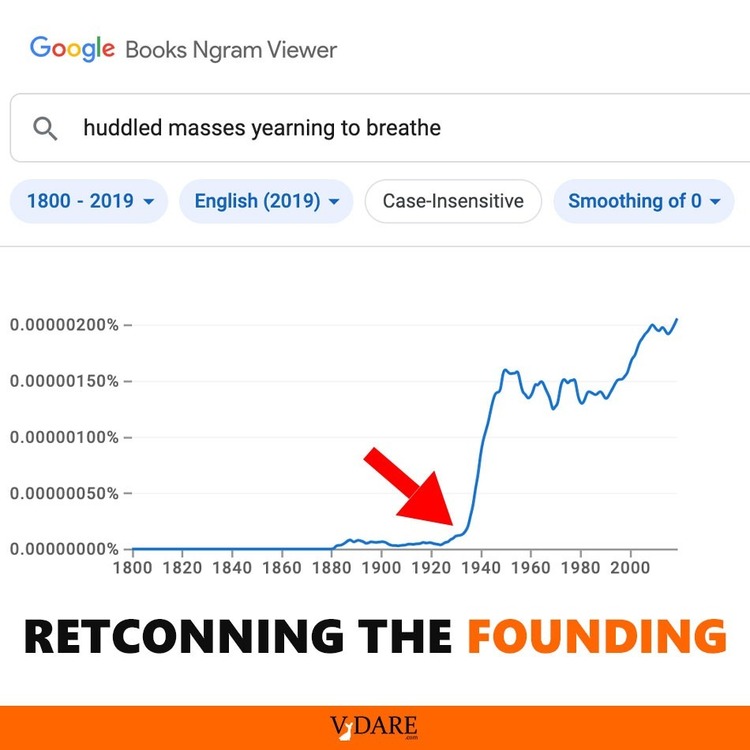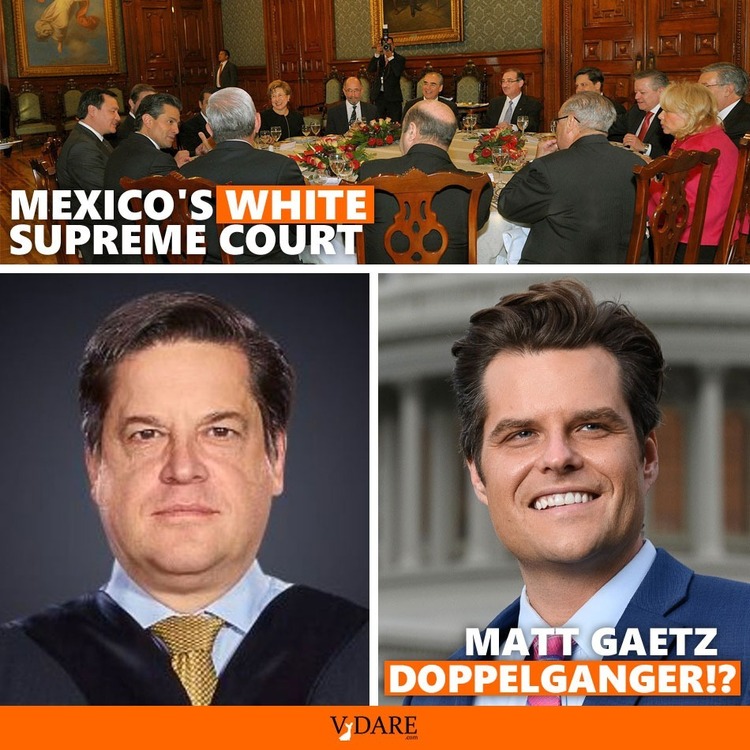A Famous Science Fiction Writer’s Descent Into Libertarian MadnessWhy exactly is it a bad thing for a creative writer to have an aversion to repeating himself and instead likes to explore new ideas? That Heinlein wouldn’t create a single, self-consistent ideology like Ayn Rand or L. Ron Hubbard did strikes me as a good thing.Robert A. Heinlein became increasingly right wing, and his novels suffered for it
By Jeet Heer Photo
A review of Robert A. Heinlein, Vol 2: In Dialogue with His Century Volume 2: The Man Who Learned Better, by William H. Patterson.
The science-fiction writer Robert A. Heinlein once described himself as “a preacher with no church.” More accurately, he was a preacher with too many churches. Rare among the many intellectual gurus whose fame mushroomed in the 1960s, Heinlein was a beacon for hippies and hawks, libertarians and authoritarians, and many other contending faiths—but rarely at the same time.
While America became increasingly liberal, he became increasingly right wing, and it hobbled his once-formidable imagination. His career, as a new biography inadvertently proves, is a case study in the literary perils of political extremism. …
In truth, Heinlein’s shift to the right took place over a decade, from 1948 to 1957. In the early 1950s, the Heinleins travelled around the world. The writer was already a Malthusian and a eugenicist, but the trip greatly exacerbated his demographic despair and xenophobia. “The real problem of the Far East is not that so many of them are communists, but simply that there are so many of them,” he wrote in a 1954 travel book (posthumously published in 1992). Even space travel, Heinlein concluded, wouldn’t be able to open enough room to get rid of “them.” Heinlein treated overpopulation as a personal affront.You know, the potential for a nuclear World War III was the kind of thing that could give a man a case of the jitters. Heinlein had a bad case of nuclear war jitters from as early as 1940 onward when he wrote his most amazing short story “Solution Unsatisfactory” based on a physicist friend’s inside info that nuclear weapons were possible. In 1940?s “Solution Unsatisfactory,” the U.S. ends World War II in 1945 by nuking an Axis city. But the Russians quickly get nuclear weapons themselves. The U.S. wins a brief atomic WWIII at vast cost. By the end of the story in the early 1950s, the man who came to control the monopoly on nuclear bombers is, to his regret, the unelected dictator of the world.Heinlein had caught a bad case of the Cold War jitters in the late 1940s.
Hiroshima renewed Heinlein’s fears of World War III. He feverishly campaigned in 1945-48 for some kind of world government to monopolize nukes, but that didn’t work out. Heinlein slowly became more Republican from late 1940s onward under his third wife’s influence.
The turning point came in 1957. After that year, Heinlein’s books were no longer progressive explorations of the future but hectoring diatribes lamenting the decadence of modernity.
Or maybe:
A. Heinlein published three of his best books after the year, 1957
- his most skillful juvenile (i.e., his epochally influential adventure novels for intelligent boys) Have Spacesuit Will Travel
- the small masterpiece Starship Troopers (if it weren’t so spectacular, it wouldn’t be denounced so endlessly)
- and likely his best all around book, 1966?s The Moon Is a Harsh Mistress. Even as a libertarian fable — the Australia-like prison colony on the moon has no central government — the book is remarkably mature. Libertarian Madness?” Like Charles Murray decades later, Heinlein points out that if you want to live without government, you’re going to have to be awfully neighborly since you’ll need the help of your neighbors to get you out of a lot of tight jams.
- And that’s not even mentioning Heinlein’s most famous book Stranger In a Strange Land.
So maybe Heer complains a tad too much about Heinlein’s output in 1958-1966?
B. Heinlein, who had suffered terrible health problems most of his life, was unable to write for three years in the late 1960s right after his peak with The Moon Is a Harsh Mistress, and even longer in the later 1970s. His health miseries no doubt took a toll on the books he was able to write after his peak in 1966 at age 59.
C. As with Nabokov and Hitchcock, the increasing liberalization of American culture’s sex, violence, and drug mores soon turned into too much of a good thing for Heinlein’s art. Like Lolita, Stranger in a Strange Land was begun around 1949 under the assumption that while it would be unpublishable now, current trends in American society would make it acceptable in the future.
When the 1960s came along, Stranger was worshipped by early hippies like Ken Kesey who presumably recognized that most of the characters in it appear to be on drugs: Jubal talks like a man on, at minimum, speed, while his agreeable listeners appear stoned on marijuana. (Drugs, like nudism, play a consistent low level role in Heinlein works going back decades.)
In general, Heinlein did most of his best work under constraints that kept his kinks in the background, such as his juveniles or his censorship-era adult thrillers like Puppet Masters (1951) where he had to construct innocent-sounding explanations for pet obsessions like the President ordering the National Summer of Nudism.
As for Heer’s criticism of Heinlein’s lesser late works after his partial recovery from his health problems, well, if you want an overripe, over-self-referential science fiction novel about incest and nostalgia with rightwing politics, well, there’s Nabokov’s giant 1969 novel Ada, which is too much of a good thing. Indeed, Patterson’s new biography of Heinlein suggests on p. 305 that Ada influenced Heinlein’s late works, just as Lolita had an impact on Heinlein’s 1958-1966 climacteric.
Going further: Isn’t the truly self-made man also self-engendered? In his explorations of the mechanics of self-pleasuring and self-creation, Heinlein made Philip Roth look like a piker. In Heinlein’s 1959 story “All You Zombies—,” a combination of time travel and a sex-change operation allows the protagonist to become his/her own mother and father.
This tiny short story is one of those works coming right after the end of censorship like Billy Wilder’s Some Like It Hot where long pent-up creativity is on display. “All You Zombies–” is the reductio ad absurdum of all time travel stories, and I have a hard time having any patience for time travel fiction ever since.
… Taken together, Heinlein’s books in his right-wing phase hardly add up to a logical worldview. How do we reconcile the savage authoritarianism of Starship Troopers with the peace-and-love mysticism of Stranger in a Strange Land? For that matter, how do those two books jibe to the nearly anarchist libertarianism of the Moon Is a Harsh Mistress?
And that his three cult novels are followed by three different cults is a bad thing because …?
As I wrote in Taki’s Magazine in 2011 in a review of the first volume of this Heinlein biography:
Fortunately, Heinlein resisted the temptation to found a cult. He had too much generosity of spirit and too little monomania for the Rand-Hubbard path. Three of his books became cult novels anyway. Tellingly, they each found their way to a different cult. Starship Troopers appeals to militarists, Stranger in a Strange Land to hippies, and The Moon is a Harsh Mistress to libertarians.Debates over Heinlein today thus resemble the Indian story of the blind men encountering an elephant: One touches its trunk and exclaims that it is a snake, another its tail and calls it a rope, a third its leg and declares it a tree. Depending upon the observer’s cult affiliations, Heinlein is frequently denounced (or lauded) for being an anarchist, a fascist, a Boy Scout, a dirty old man, and so forth.
Heinlein was not an ideologue, but rather a creative artist whose medium was ideas. In his long 1939-1966 prime …, Heinlein became infatuated with many ideas. They were often contradictory, but their dynamic balance made Heinlein not a final authority (as his more callow admirers assumed), but instead an intensely stimulating intellectual provocateur.


![robert-heinlein[1]](/wp-content/uploads/2014/06/robert-heinlein1-1024x423.jpg)









